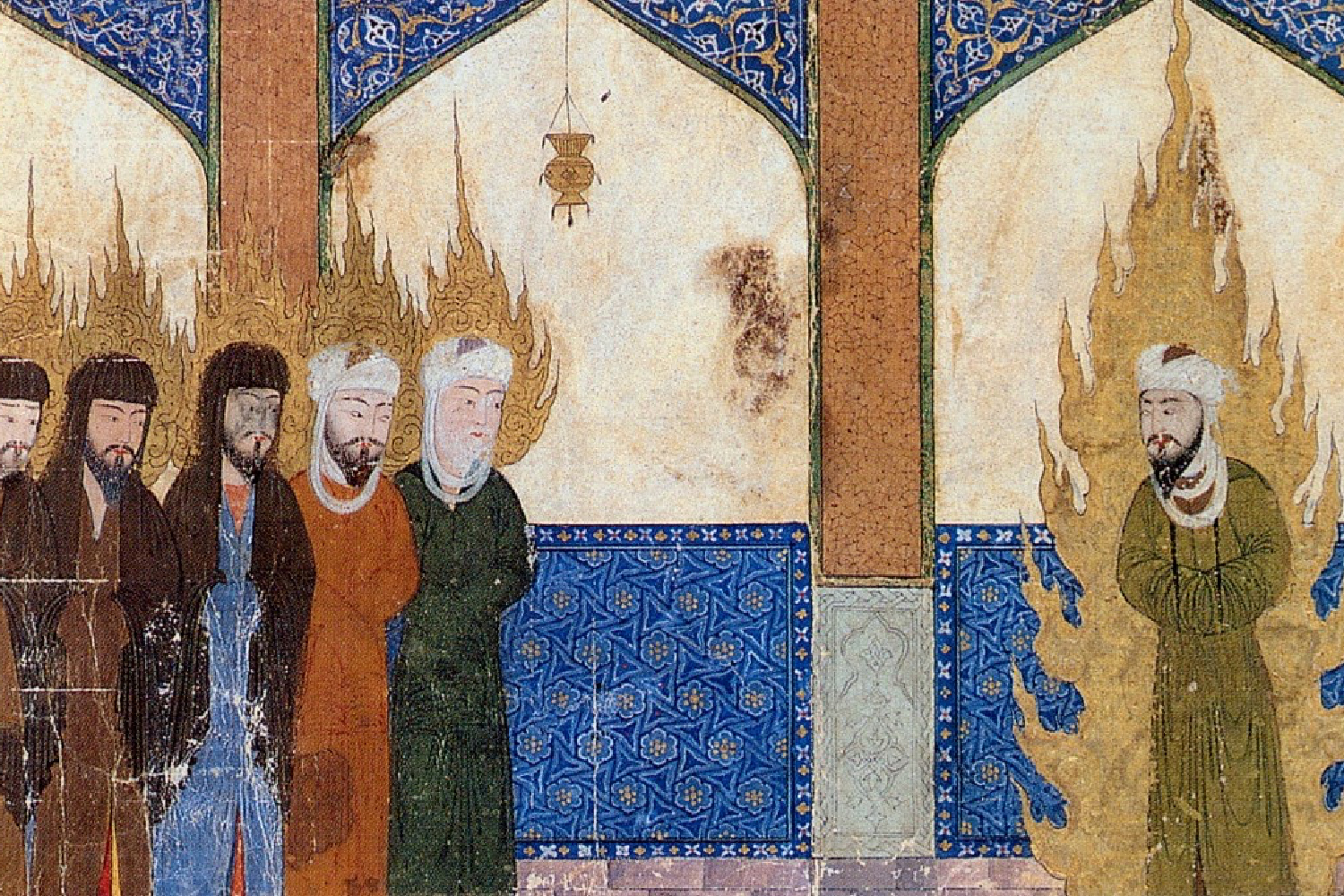
Welcome to an in-depth exploration of the remarkable life of **Muhammad**, the esteemed founder of **Islam** and the revered proclaimer of the **Qurʾān**. In this article, we will journey through the various stages of his life, examining not only his teachings but also the historical and cultural contexts that influenced his path. From his early years in Mecca to the profound revelations that transformed him into a spiritual leader, we will uncover the significant events and relationships that shaped his mission. So, settle in with a warm cup of coffee, and let’s embark on this enlightening journey together!
Early Life: The Roots of a Prophet

Birth and Family Background
Muhammad was born around 570 CE in the vibrant city of Mecca, located in what is now known as Saudi Arabia. His early life was marked by tragedy, as his father passed away before he had the chance to enter the world, leaving him without paternal guidance. Shortly after his birth, his mother also succumbed to illness, leaving him an orphan at a tender age. This profound sense of loss and abandonment deeply influenced his character, instilling in him a remarkable capacity for empathy and compassion towards others, particularly those who faced similar hardships.
Marriage to Khadījah
When he reached the age of 25, Muhammad entered into a significant and transformative marriage with Khadījah, a successful and wealthy widow who was known for her intelligence and business acumen. Their union was characterized by mutual respect and love, and it remained monogamous for approximately 25 years, until Khadījah’s passing. Throughout their marriage, they welcomed six children into the world, including four daughters and two sons, both of whom tragically died in infancy. This partnership was crucial in Muhammad’s life, as Khadījah was not only his beloved wife but also his first supporter and confidante, providing him with unwavering encouragement during the early stages of his prophetic mission.
The Revelation: A Turning Point

The Vision of Gabriel
In the year 610 CE, a pivotal moment occurred in the life of Muhammad when he encountered a profound vision of the archangel Gabriel. This extraordinary experience marked the inception of his prophetic mission, setting him on a path that would forever alter the course of history. Imagine the weight of such an encounter—receiving a divine message from God must have been an overwhelming blend of exhilaration and fear. The gravity of the responsibility placed upon him was immense, as he was chosen to convey a new spiritual truth to a world steeped in tradition and polytheism.
Opposition and Challenges
As Muhammad began to share his revelations and preach the message of monotheism, he encountered fierce resistance from the tribal leaders of Mecca. His teachings directly challenged the deeply entrenched polytheistic beliefs that had been the foundation of Meccan society for generations. This clash of ideologies created significant tension, leading to a series of confrontations and challenges that would not only test Muhammad’s resolve but also shape the future of the region. The opposition he faced was not merely personal; it represented a broader struggle between emerging spiritual ideas and established social norms, setting the stage for a transformative period in history.
The Night Journey: A Miraculous Event

Isrāʾ and Miʿrāj
Among the most extraordinary events in the life of the Prophet Muhammad is the miraculous journey known as the Night Journey (Isrāʾ) and the subsequent Ascension (Miʿrāj). According to Islamic tradition, this profound experience began when Muhammad was transported from the sacred city of Mecca to the holy site of Jerusalem. During this remarkable journey, he is believed to have visited the Al-Aqsa Mosque, where he encountered various prophets from the past, including figures such as Moses and Jesus. Following this initial phase, Muhammad ascended through the heavens, experiencing the divine presence and receiving important revelations from God. This extraordinary event not only reinforced his status as a prophet and messenger of God but also served to strengthen the faith of his followers, highlighting the significance of spiritual connection and the importance of prayer in Islam. The Isrāʾ and Miʿrāj remain pivotal moments in Islamic history, symbolizing the deep spiritual journey and the profound relationship between the divine and humanity.
Migration to Medina: A New Beginning
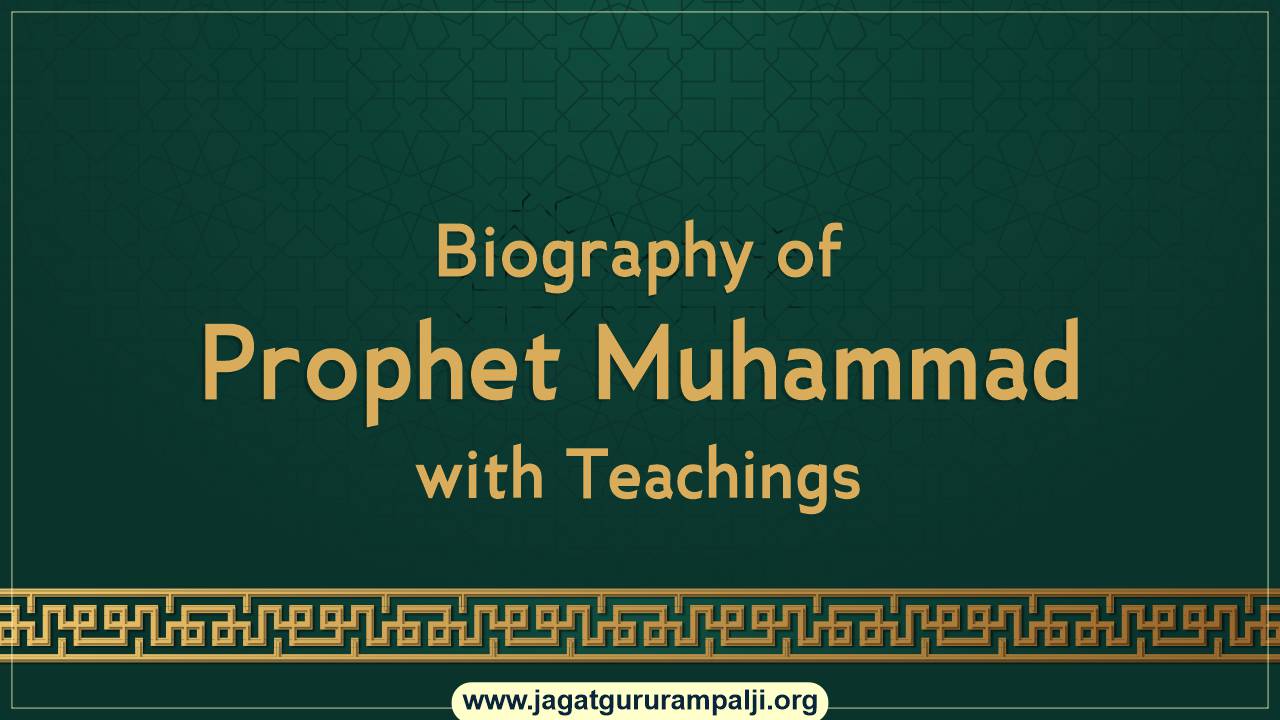
The Hijrah
In 622 CE, facing increasing hostility, Muhammad and his followers migrated to Medina. This event, known as the Hijrah, marks the beginning of the Islamic calendar. It was a fresh start, allowing the Muslim community to grow and thrive.
Building a Community
In Medina, Muhammad established a community based on Islamic principles. He drafted the Constitution of Medina, which outlined the rights and responsibilities of all citizens, regardless of their faith. This was a groundbreaking step towards social justice.
Military Encounters: Defending the Faith
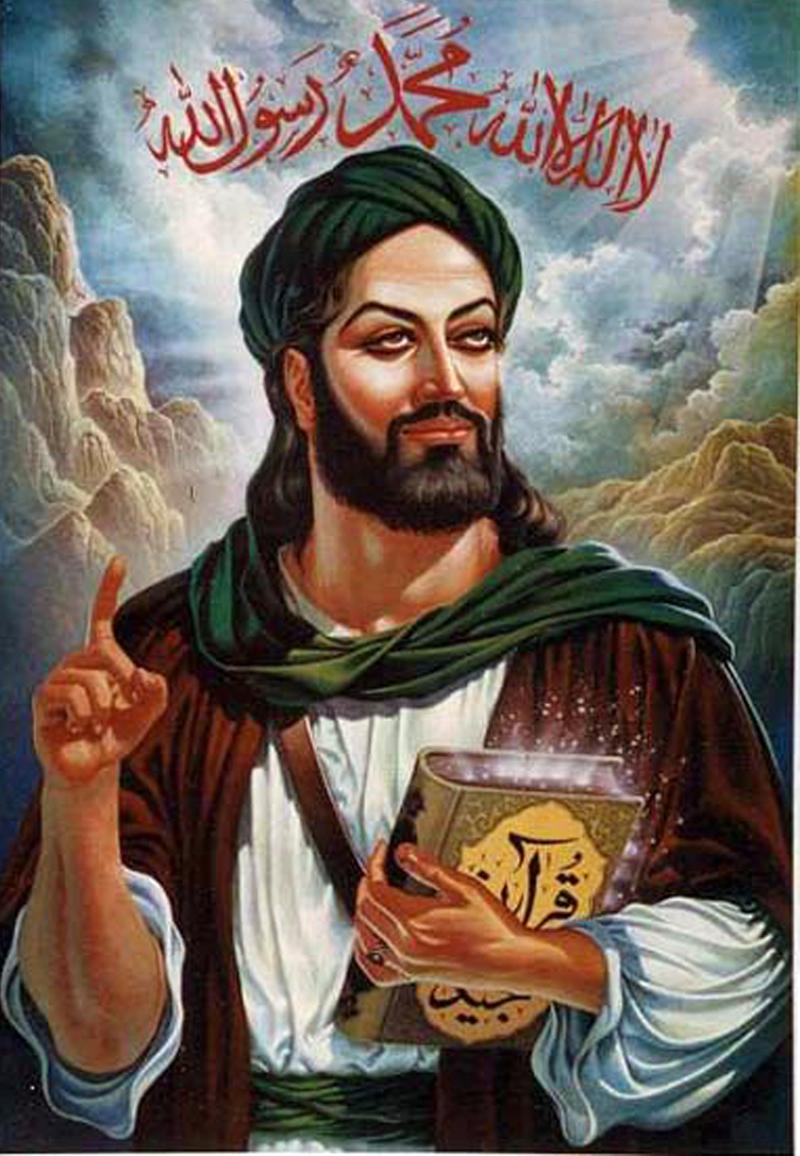
Battle of Badr
The Battle of Badr in 624 CE was a significant victory for Muhammad and his followers. Despite being outnumbered, they triumphed, which boosted their morale and solidified their position in the region.
Continued Conflicts
Over the next few years, Muhammad faced several military challenges, including the Battle of Uhud and the Battle of the Trench. Each encounter tested his leadership and the resolve of the Muslim community.
Return to Mecca: The Conquest
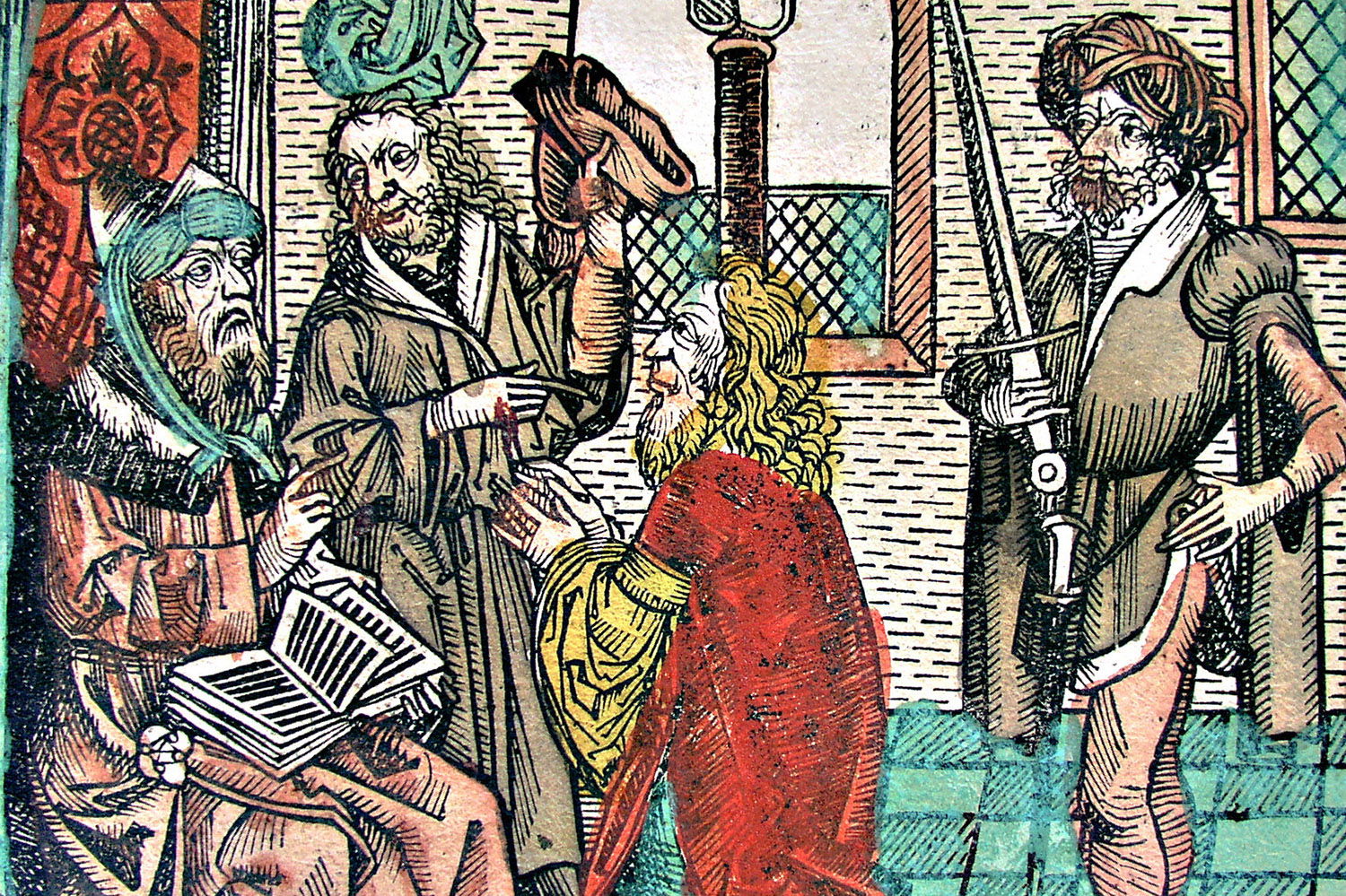
The Treaty of Hudaybiyyah
In 628 CE, Muhammad negotiated the Treaty of Hudaybiyyah, allowing Muslims to return to Mecca for pilgrimage. This treaty was a strategic move that ultimately led to the peaceful conquest of Mecca in 630 CE.
The Farewell Pilgrimage
In 632 CE, Muhammad led the Farewell Pilgrimage to Mecca, where he delivered his famous sermon, emphasizing equality and justice. This event is a cornerstone of the Islamic faith and set the stage for future generations.
Death and Legacy: The End of an Era

Passing of the Prophet
Muhammad passed away in 632 CE in Medina. His death marked the end of an era but the beginning of a new chapter for Islam. His teachings and actions continue to inspire millions around the world.
The Spread of Islam
After his death, Islam spread rapidly across the Arabian Peninsula and beyond. The principles he established laid the foundation for a rich and diverse religious tradition that thrives today.
Understanding the Qurʾān: The Sacred Text
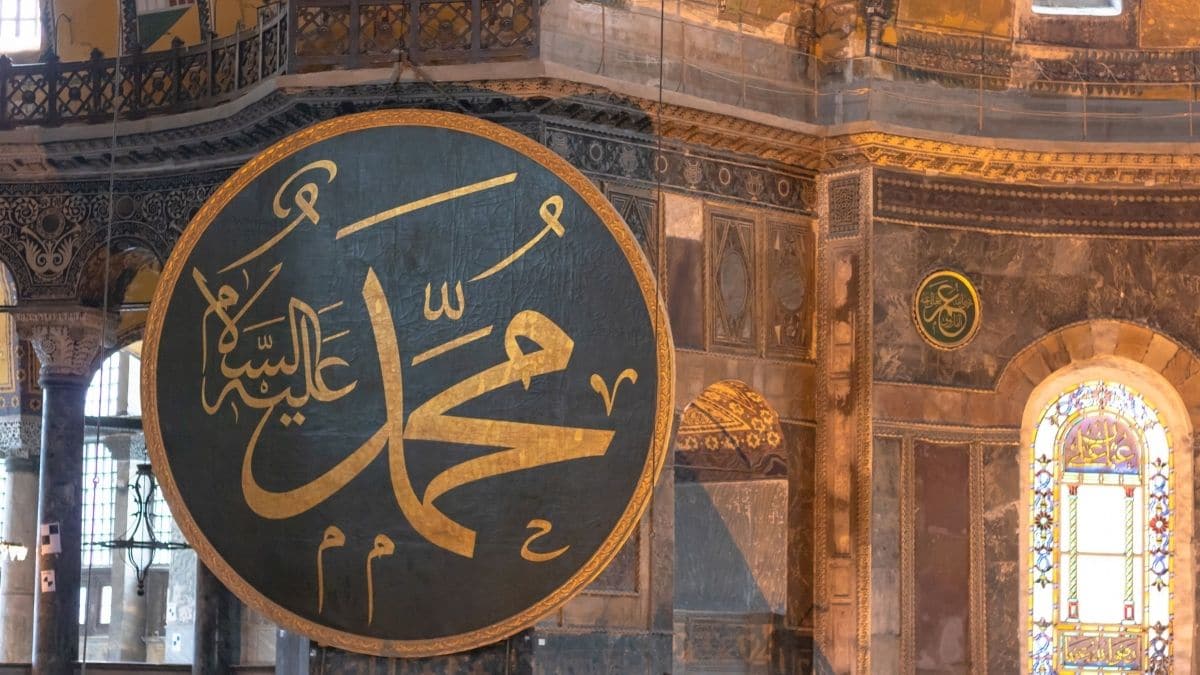
Revelation and Compilation
The Qurʾān is considered the literal word of God as revealed to Muhammad. It was compiled after his death, and its verses address various aspects of life, law, and spirituality. Understanding the Qurʾān is crucial for grasping the essence of Islam.
Impact on Society
The teachings of the Qurʾān have profoundly influenced not only religious practices but also social norms, laws, and ethics in Muslim communities worldwide. It’s like a guiding light that shapes the lives of millions.
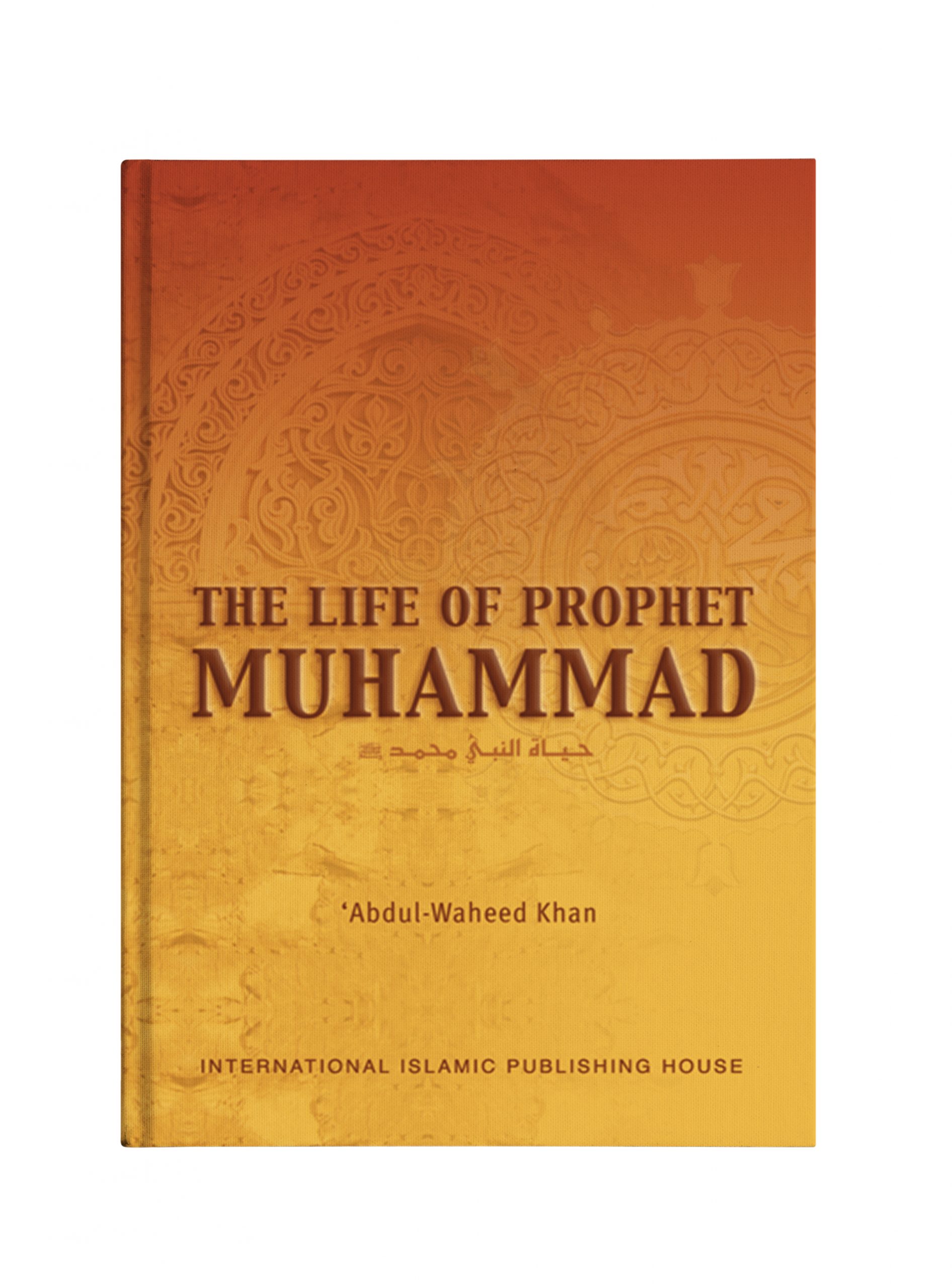
Muhammad’s life is a testament to resilience, leadership, and faith. His journey from a humble beginning to becoming the founder of one of the world’s major religions is nothing short of extraordinary. As we reflect on his life, we can draw lessons about compassion, justice, and the importance of community.
Table: Key Events in Muhammad’s Life

| Year | Event |
|---|---|
| 570 CE | Birth in Mecca |
| 595 CE | Marriage to Khadījah |
| 610 CE | First revelation from Gabriel |
| 622 CE | Migration to Medina (Hijrah) |
| 624 CE | Battle of Badr |
| 630 CE | Conquest of Mecca |
| 632 CE | Death in Medina |
In conclusion, Muhammad’s legacy is not just about the establishment of a religion; it’s about the values of compassion, justice, and community that continue to resonate today. Whether you’re a believer or simply curious about history, understanding his life offers valuable insights into the human experience.

